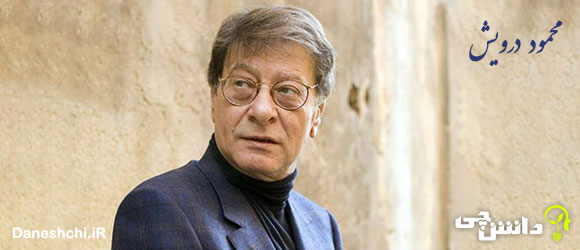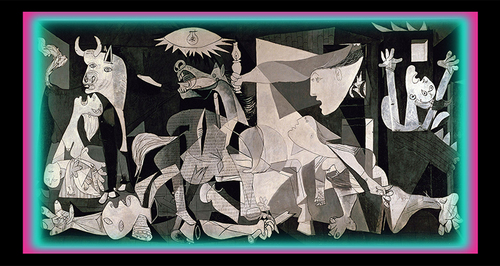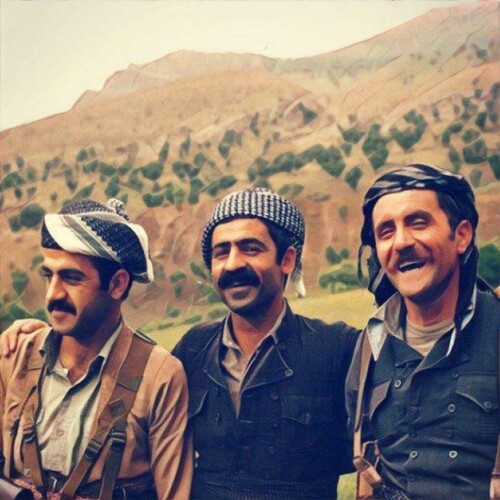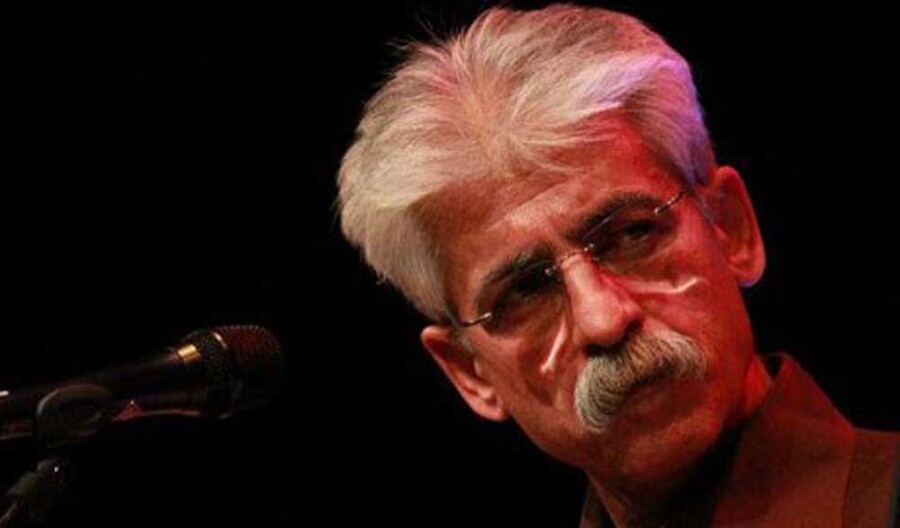Committed art is sensitive to social situations. It becomes a mirror for the echoes and reflections of all that is known as the human problem of society. This kind of art makes what people know and cannot refer to and what people do not know and should be referred to in their field of work. To make this clearer, the majority of society is the middle class and the lower class. The two classes face the most social problems. People who deal with problems obviously suffer more than those outside the circle. However, because of these problems and their history, they do not have the ability, knowledge, and sense of artistic expression of these problems. At such times, the socially responsible artist steps out and plays a mediating role. They become the language of the wishes of the section of society, surrounded by suffering problems, but cannot express it. Or even if they express it, it will not have the effect to awaken society. The socially responsible artist, who often experiences these problems, works either as a class of society or as an intellectual class and creates artistic works on the problems, or we can say that they make form and language the position of social problems.
In other words, if we discuss art in two aspects of form and content, the socially committed artist's work is even more difficult, in the sense that they do not leave the aesthetic aspect of the artistic text. Not only is its existence necessary, but without it, we would not have a text to call an artistic text. In addition, the aesthetic aspect is played by form, expression, language, and many other factors that prepare the context for the content. Hence, the socially committed artist creates a duality with the form, expression, and language of art that the world and society echo in language by combining the problems, obstacles, and social aspirations of their society or the world society or humans in general. In other words, the audience is not confronted with an empty text, but sees, feels, listens, and reads a text or a rare painting in Picasso's work, as mentioned earlier, Guernica, or a powerful piece of music like the work of Victor Jara that is heard, can be discussed and interpreted, or a literary text by Yiannis Ritsos that is read and expresses the pain.
This article explains two things to us, an understanding that had prevailed in Kurdish and even Persian culture for some time; that committed art supposedly deviates from its own artistic principles; therefore, it lowers the level of the artistic text. A glance over the history of world art and literature does not confirm this. The most prominent figures in the world's arts and literature were no exception. From Gabriel Garcia Marquez to Milan Kundera, from Walt Whitman to Mahmoud Darwish of Arabs, Ahmad Shamloo of Persia, and Sherko Bekas of Kurds.

We want to focus on the works of one of the responsible artists who have advanced the art of uprising and awakening not one step, but a long way. He is a teacher of Kurdish music, song, and the anthem Nasir Razazi. Therefore, I will discuss this, because the rapid and powerful impact of this field in the two decades of the 1980s and 1990s in South Kurdistan and East Kurdistan was very significant. And also, the art of music in both regions is declining.
Obviously, here and in this section, I do not want to talk about the details of Nasir Razazi's works, but in general, that is, from a holistic point of view, I will take a look at the transition in Nasir Razazi's works.
Nasir Razazi entered the field of Kurdish music by singing Kurdish romantic and folk songs of the 1960s and 1970s. He had an eye on all the artists before him; the singers who were more engaged in designing, recording, and trying to collect the wealth of Kurdish folklore in the field of song and music. From Ali Mardan to Tahirr Tofiq, Hassan Zirak, Mohammad Mamle, Arif Jazrawi, Kawais Agha, and many others. Nasri Rezazi began with these works and with the recording and re-singing of this treasure. His most prominent works in this field are in the 1970s, which began with the singing of several works by Ali Mardan and continued with covering some of Mohammad Mamle’s works. This beginning and such integration with the linguistic and artistic treasures of a nation is a necessity for every artist; without this detailed and step-by-step knowledge, there will be no space for further work and language will not have that opportunity. However, what is more important in the life and works of Nair Razazi, and not only more important but also becomes the center of weight and expensive work of this great artist is a turning point that has occurred in his life, works, attitudes, and views on society and worldview. Why do we talk about all of this? Have we read Nasir Razazi's biography and come to the conclusion that what were the changes in his life and how did these changes infiltrate his works? Hence, the path we have chosen does not require such an ethnography. Instead of studying the genealogy of the artist's personal life, which is called the death of the author, attention should be paid to knowing the genealogy of the attitude, the content of the text, and the way of writing an artist's works.

As mentioned above, the great artist Nasir Razazi made a rich start by knowing the ancient history of Kurdish music and mastering Kurdish consultations, melodies, and music and to do so he enriched his mind and soul with the original resources. But in the second part of his career, he used that achievement to another level. That is, he recognized what was an artistic tool, enriched his language, experienced its rhythms and melodies one by one, and then he entered another level. For several reasons: One of the reasons was that the Kurdish socio-political lifestyle had changed over time and the Kurdish people were facing war and confusion the signs showed that the war would not end very soon. In such a situation, the Kurds faced two obstacles. People were intimidated, abducted, and tortured by the oppressive regimes inside the Kurdistan region. Kurdish people were also killed in the mountains and on the battlefields to defend their country and nation. Here is the question. What mechanism can save the people inside from this intimidation, persecution, fear, and heartbreak and give them courage? Is there any energy to arouse the boys and girls who are guarding the battlefield and make them understand that we have our eyes on your hands and guns? The answer to both questions is that committed art does that, both at home and assuring the battlefield that your supporters at home have not given up, but they also support you.
Nasir Razazi played the role of this socially responsible artist with his revolutionary works, anthems and maqams, and poems full of content from the 1970s to the 1990s, and both the people settled inside the regions of Kurdistan and those who were at the front lines of the battle owe their motivation to defend the land to this great artist. In the next part, we will discuss some examples of Nasir Razazi's works.
To be continued ...









